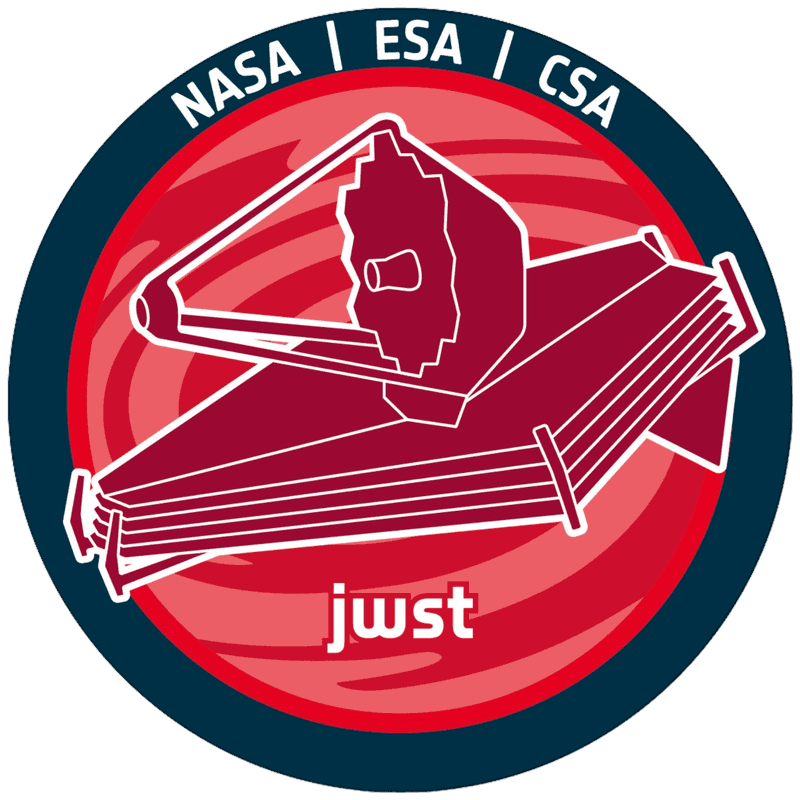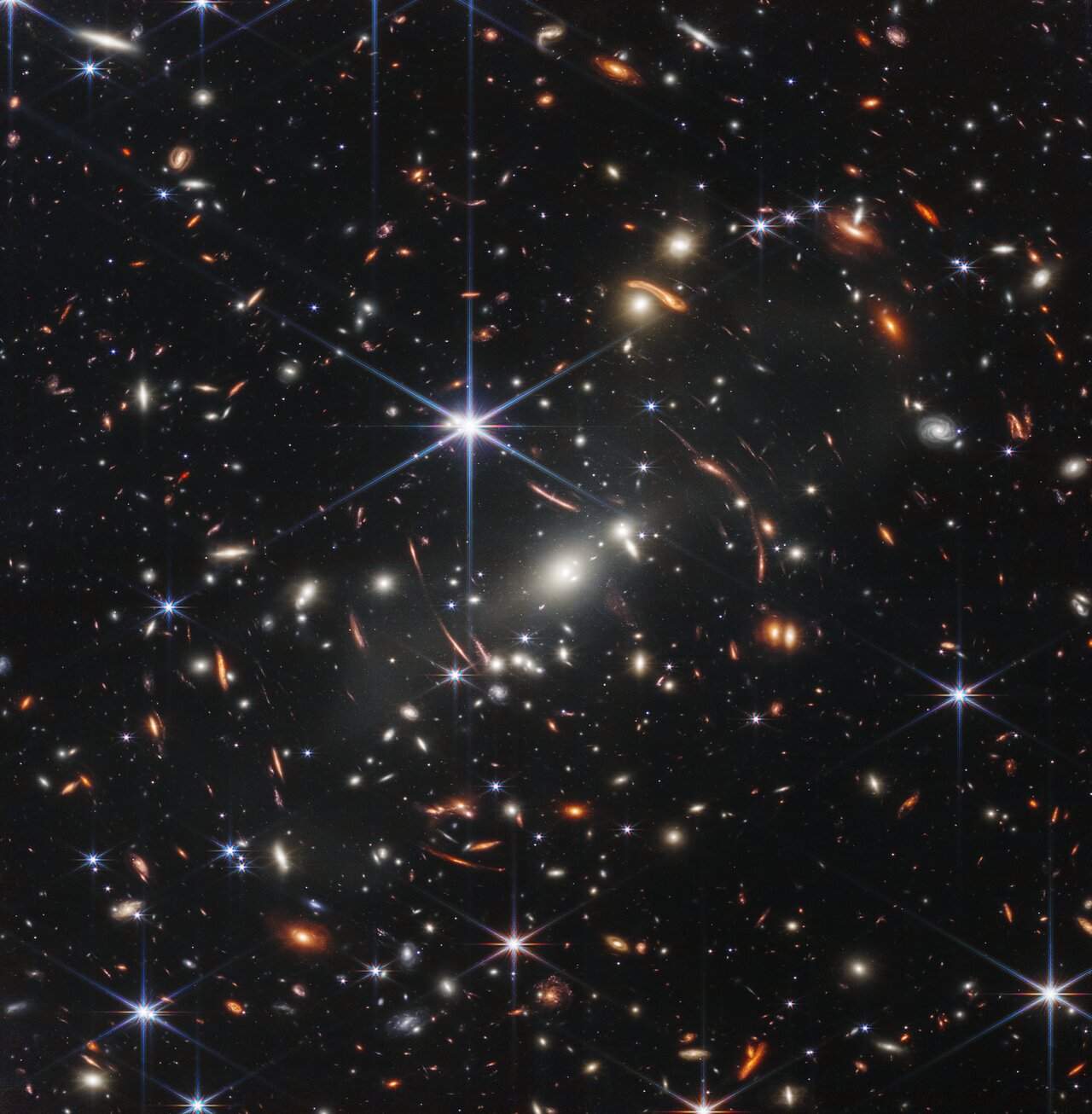Gravitational Lensing
Gravitational lensing occurs when a massive celestial body — such as a galaxy cluster — causes a sufficient curvature of spacetime for the path of light around it to be visibly bent, as if by a lens. The body causing the light to curve is accordingly called a gravitational lens.
According to Einstein’s general theory of relativity, time and space are fused together in a quantity known as spacetime. Within this theory, massive objects cause spacetime to curve, and gravity is simply the curvature of spacetime. As light travels through spacetime, the theory predicts that the path taken by the light will also be curved by an object’s mass. Gravitational lensing is a dramatic and observable example of Einstein’s theory in action. Extremely massive celestial bodies such as galaxy clusters cause spacetime to be significantly curved. In other words, they act as gravitational lenses. When light from a more distant light source passes by a gravitational lens, the path of the light is curved, and a distorted image of the distant object — maybe a ring or halo of light around the gravitational lens — can be observed.
An important consequence of this lensing distortion is magnification, allowing us to observe objects that would otherwise be too far away and too faint to be seen. Webb makes use of this magnification effect to study objects that would otherwise be beyond the sensitivity of its 6.5-metre-diameter primary mirror, and has begun to show us the most distant galaxies humanity has ever encountered.
Webb's images frequently showcase massive galaxy clusters that create strong gravitational lensing. The first scientific image from the telescope was of a deep field unlike any that had been captured before, centred on a cluster surrounded by many long arcs. Webb was later able to catch a glimpse of a very distant fading supernova, thanks to a gravitational lens that created three images of its host galaxy, separated in time.




